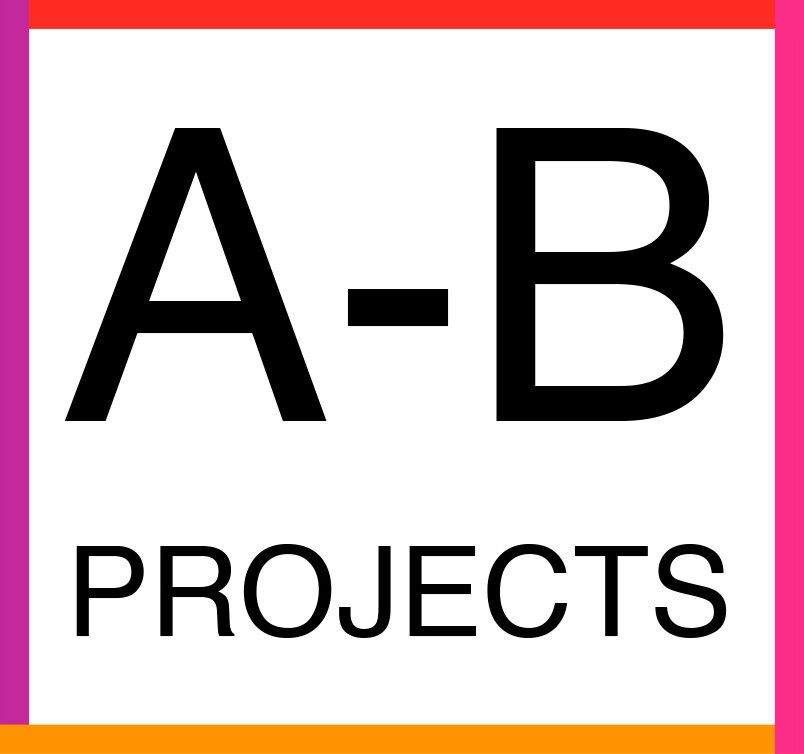Rosanna Martin
Brick Piles & Waste Pits: a future of caretaking
April 20, 2024
Summary:
Summary of Group Discussion by E.C. Comstock
Select Readings:
Deep materialism and care-taking: A study of material relationships for the twenty-first century by by Alison Harper and Sarah Chave
Did the sky used to be full of birds? by Claire Loder
Ways of Seeing: A New Museum Story for Planet Earth by Grace Ndiritu
Political Ecologies (chapter 7 of Vibrant Matter) by Jane Bennett
Taking by Sarah Christie
TheBuck, TheBull, and the Dream of the Stag: Some Unexpected Weeds of the Anthropocene by Anna Tsing
Waste Rock Piles by Anna Friz
Discussion Guide:
Brick Piles and Waste Pits: a future of caretaking Discussion Guide
About the topic
Cornwall, United Kingdom
1600s: Clay is mined, fired as bricks on site, and used to build local estates.
1700s: THe expansion of the china clay extraction industry results in huge quantities of waste clay. This waste clay washes downstream, creating large new-formed deposits that become a resource for small brickworks which mine this clay, mix it with sand and other local materials, and form bricks that are fired in huge beehive kilns.
1971: Technological developments make bricks obsolete as a tool for drying china clay and the Cornwall brickmaking industry folds.
2018: Rosanna Martin leases rights to a former china clay extraction pit and co-founds a site-specific, community brickworks called Brickfield.
The history is the starting point for a conversation about Brick Piles & Waste Pits: a future of caretaking in this State of Ceramics, the latest in the Architectural Ceramics series. We will venture into the questions:
How might the use of industrial waste be integrated into artist practices?
Can we reframe what our ideas of waste are, towards more responsible and environmentally friendly ways of working?
As Jane Bennett states in her book Vibrant Matter, “How, for example, would patterns of consumption change if we faced not litter, rubbish, trash or “the recycling” but an accumulating pile of lively and potentially dangerous matter?”
Can caretaking, of materials and what we use (but also of ourselves, each other and our children) be elevated in importance, or become an act of resistance?
About the Lead Artist
Rosanna Martin is an artist, educator and PhD student at Falmouth University. Her current work explores how the making of sculptural tools and apparatus can be used to understand, question and raise the importance of care-giving in contemporary society. Rosanna’s grandparents farmed sheep at a site where a former brickworks existed and her childhood was spent exploring the banks of a river lined with white waste clay. This early experience has shaped her career, founding Brickworks - an open access ceramics studio, and co-founding Brickfield - an experimental community brickworks that makes use of waste clay from the china clay industry. These projects led to partnerships with the Victoria and Albert Museum, University of East London, the Sensory Trust and Falmouth University.

